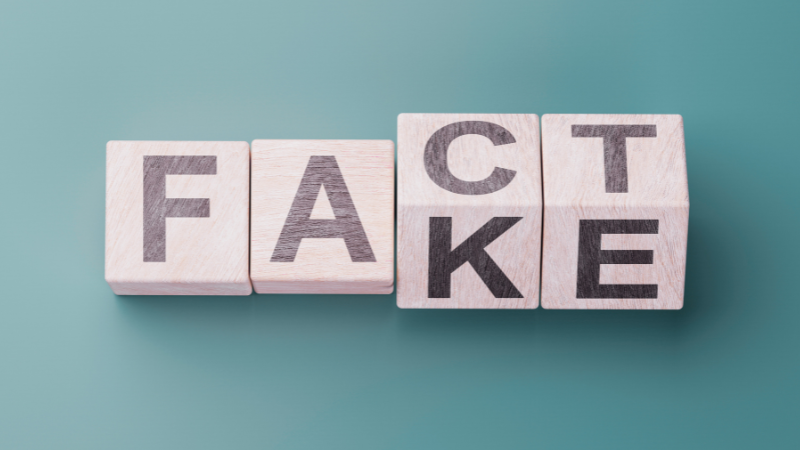If you are looking to get onto the property ladder, you may have heard about an offset mortgage.
This is the newest addition to the mortgage world and is currently an attractive option for buyers with savings in the bank gaining little interest.
The additional tax relief benefits are also an excellent drawcard, as is the fact that, finally, your savings can work in your favour.
However, the first step to understanding whether this mortgage is suited to your requirements is understanding what it is and how it works.
An offset mortgage is a mortgage with a current or savings account linked to the mortgage account. The linked savings account is often referred to as the offset account.
It may sound extremely odd to have a savings account attached to your mortgage, but this unique mortgage is an excellent way of reducing the amount of interest you are charged on your mortgage.
How Does an Offset Mortgage Work?
Lenders deduct the savings balance in the linked account from the outstanding mortgage amount; this is essentially the net balance.
Interest is then charged on the net balance rather than on the total outstanding mortgage value.
Thus, effectively allowing you to use your savings as a means to reduce the interest payable on your mortgage.
The reduced interest charges can benefit you in one of two ways:
- Payment reduction offset
Lower monthly premiums can be made against the mortgage. This option is available on both repayment and interest-only mortgages.
- Term reduction offset
Monthly premiums remain the same but are considered overpayments allowing you to pay the mortgage off over a shorter period. This option is best for repayment mortgages.
Benefits of an Offset Mortgage
An offset mortgage can be beneficial if you have a large amount of savings or anticipate receiving a significant lump sum in the future and require a mortgage.
In addition, buyers who want to make overpayments on their monthly premiums and want the flexibility of access to these overpayments at any point will also benefit from an offset mortgage.
Finally, this type of mortgage is available for re-mortgages and purchases making it extremely attractive to those new to the property market and current property owners.
Benefits of an Offset Mortgage
- Can help reduce tax.
- Reduces interest payable.
- Can reduce the mortgage term.
- Access to savings if required.
- Can reduce monthly repayments.
- Your savings work harder for you.
- Zero tax paid on interest saved.
Are There Any Draw Backs?
While the offset mortgage can help reduce your monthly repayments and mortgage term, there are a few negatives that should also be considered.
- Buyers usually need a larger deposit compared to a standard mortgage.
- Monthly repayments can increase if savings are withdrawn.
- Limited choice in comparison to other mortgage products.
- A limited number of lenders offer offset products.
- Mortgage rates are generally higher.
- Your savings won’t earn interest.
Please note that using a more significant portion of your savings towards your deposit instead of offsetting against your mortgage interest may be a better option. This is because a larger deposit can help you obtain a better interest rate.
Process for Purchasing a Home/Re-mortgaging
Below is a basic guide to buying a home or re-mortgaging your current home. Of course, each lender will have bespoke products, but the general process is the same.
- Step one:
Contact a reputable advisor to discuss your unique needs and circumstances. Your advisor will then look at the different options available to you.
- Step two:
Once you have accepted their recommendation, the advisor will secure a DIP (Decision in Principle). This is a guarantee from the lender saying they will loan you the funds if your information is correct and subject to the property valuation.
- Step three:
When the lender has agreed to the DIP, you can make an offer on a property or start the process of re-mortgaging.
- Step four:
Your advisor will assign you a client relationship manager if your offer is accepted. Next, your documents will be checked, and certified copies will be submitted to your lender. Once all the checks are done and documents received, your advisor will submit the mortgage application.
- Step five:
At this point, your lender will underwrite your application, which means they will check that the information you have provided is correct. This means your documents will be re-checked by them, and they will also obtain a valuation of the property to verify there are no problems.
- Step six:
After the underwriting is complete and the lender is happy, they will send a mortgage offer to you and a copy to your advisor.
- Step seven:
Conveyancing is the next step. This is the legal process where the solicitors or conveyancers draft the contracts and actual purchase or remortgaging of the property.
If you are purchasing the property, you will be required to arrange building insurance, ensuring that it is in place at the point of exchange.
- Step eight:
This step is when the exchange will happen. Your solicitor will exchange contracts with the seller’s solicitor. Your deposit will now be required, and you will now be legally responsible for the property.
The money will be transferred on a specified date, and the purchase will be considered complete. Re-mortgaging is slightly different; the solicitor will agree on a date to draw down the funds and pay off the existing lenders mortgage.
Considerations When Applying for an Offset Mortgage
Each lender offering an offset mortgage will have bespoke parameters for their product. And while most offset products achieve the same goal, they can have some significant differences you should consider, which include:
- Different products will allow different levels of access to your savings.
- Some lenders allow savings from family members to be offset against the mortgage (subject to certain requirements).
- Notice arrangements of these accounts may differ.
- Some products limit the number of accounts you can link to your mortgage.
- Depending on the lender, they may offer payment or term reduction products or both.
Frequently Asked Questions
Do offset mortgages cost more?
Unfortunately, most offset products attract higher interest rates when compared to standard mortgages.
However, the fees are usually in line with traditional mortgages, and the benefits that buyers enjoy from the linked savings account more than compensate for any additional cost.
Are offset mortgages only geared for high rate taxpayers?
Offset mortgages are especially beneficial for higher rate taxpayers, but all offset borrowers benefit from reducing their monthly payments or mortgage terms.
Is it possible to get an interest-only offset mortgage?
Interest-only offset mortgages are possible and work very well with payment reduction. Buyers can get an interest-only offset mortgage for a range of property purchase types, including purchasing, re-mortgaging and buy-to-let.
Can I purchase a Buy-to-let with an offset mortgage?
While it is possible to obtain an offset mortgage on a buy-to-let property, it can be pretty challenging.
Can I deposit funds and withdraw from my savings?
Depending on the lender’s product, you might be allowed to deposit additional funds and withdraw from the savings account attached to the offset mortgage.
Remember that the more you draw, the less you will save on the mortgage interest. However, if you continue to top up the savings account, you can reduce your interest rate.
Offset Mortgages Final Thoughts
While quite a few benefits can be enjoyed with the offset mortgage, each borrower’s circumstances are unique.
Therefore, it’s advisable to speak to a professional who can assess your situation and help you decide if this is the right mortgage for you. With so many different mortgages to choose from, there’s bound to be a mortgage that suits your bespoke circumstances.

















